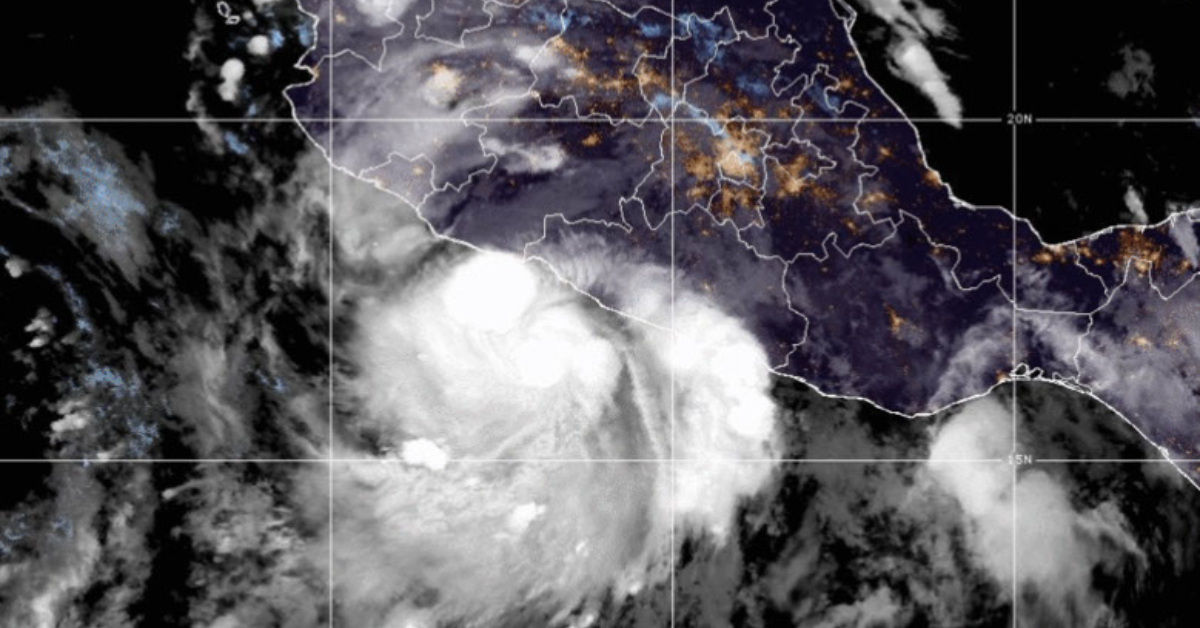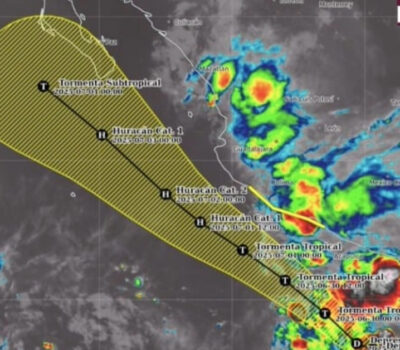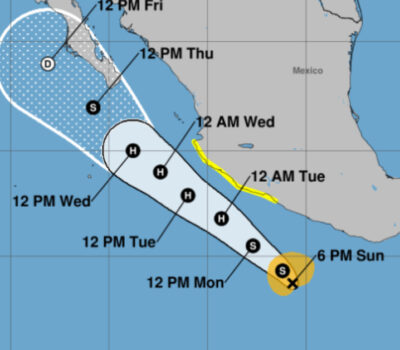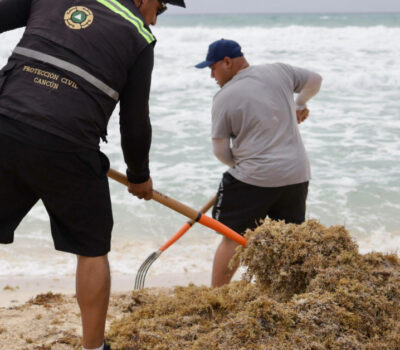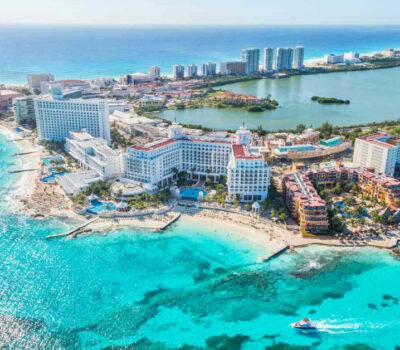Mexico’s 2025 hurricane season gets underway tomorrow in the Pacific, with Conagua forecasting 16–20 tropical cyclones and SMN issuing daily alerts; Atlantic season follows June 1.
Puerto Vallarta, Mexico – In less than 24 hours, Mexico will officially enter the 2025 Pacific hurricane season. Beginning at 00:00 local time on May 15, the National Water Commission (Conagua) and the National Meteorological Service (SMN) will commence daily bulletins tracking the formation and progress of all tropical cyclone activity in 2025. For coastal communities and emergency planners alike, these forecasts mark the first step in what experts expect to be a demanding season of storms and hurricanes.
Under the joint efforts of Conagua and SMN, residents along Mexico’s extensive Pacific coastline will receive daily updates from tomorrow until the season’s unofficial close on November 30. Beginning June 1, attention will also turn to the Atlantic basin, where the hurricane season officially opens—ensuring that both ocean fronts remain under constant surveillance for tropical depressions, storms, and hurricanes that may threaten land.
Conagua’s latest outlook for the Eastern Pacific suggests a busy season, forecasting between eight and nine tropical storms, four to five Category 1 or 2 hurricanes, and an additional four to six major hurricanes of Category 3, 4, or 5 intensity. In total, authorities anticipate between 16 and 20 named systems in the Pacific, matching or exceeding long-term seasonal averages for the region.
For the Atlantic, Conagua projects slightly lower but still significant activity, with seven to nine tropical storms expected. Of these, three to four are likely to reach Category 1 or 2 strength, while another three to four may intensify into Category 3, 4, or 5 storms. Overall, the Atlantic basin could see between 13 and 17 named cyclonic systems during the 2025 season.
A tropical cyclone is defined by its organized, rapidly rotating circulation around a central low-pressure core. These systems progress through stages—tropical depression, tropical storm, and hurricane—based on sustained wind speeds. Not every storm that forms reaches hurricane strength; many remain as depressions or storms before dissipating or making landfall.
Hurricanes are classified on the Saffir-Simpson Hurricane Wind Scale, which gauges intensity purely by maximum sustained winds. Category 1 storms sustain speeds of 119–153 km/h; Category 2 range from 154–177 km/h. Category 3 begins at 178 km/h and extends to 208 km/h, marking the threshold of a “major hurricane.” Category 4 systems produce winds of 209–251 km/h, while Category 5 storms exceed 252 km/h. The scale also provides a rough estimate of potential damage: from roof damage and power outages in Category 1, to catastrophic structural failures and widespread devastation in Category 5 events.
In parallel, the United States’ National Hurricane Center (NHC) will re-activate its Eastern Pacific forecasting operations tomorrow, providing routine advisories through November 30. The NHC’s bulletins complement Conagua’s national forecasts, offering additional guidance on storm tracks, intensity changes, and potential impacts for international and maritime interests.
“Early and accurate forecasts are critical,” said Dr. Laura Martínez, head of forecasting at Conagua’s meteorological division. “We work around the clock to provide daily updates and ensure all levels of government—and the public—have the information needed to prepare effectively.”
Mexico’s Pacific and Gulf coasts have long faced the threat of tropical cyclones. In 2014, Hurricane Odile wrought severe damage across Baja California Sur, while the Yucatán and Gulf coasts have weathered devastating storms such as Hurricane Wilma in 2005. These events underscore the importance of seasonal preparedness plans, from reinforcing infrastructure to establishing evacuation routes.
Officials advise residents in vulnerable areas to assemble emergency kits stocked with water, non-perishable food, flashlights, batteries, and first-aid supplies. Local authorities will activate shelters as needed, and citizens are urged to monitor Conagua and SMN bulletins via radio, television, and official social media channels. Property owners along riverbanks and flood-prone zones should consider sandbagging and other protective measures ahead of any storm surge or heavy rainfall.
Climate scientists note that rising sea surface temperatures can fuel more intense storms, potentially increasing the frequency of high-category hurricanes. While the total number of systems may not exceed historical norms, a greater proportion could reach major hurricane status, heightening the risk to coastal communities.
To stay informed, the public can access Conagua’s daily forecast bulletins on its official website or through the SMN’s mobile app, which will push notifications for storm watches, warnings, and real-time updates. The NHC also provides 24/7 advisories at hurricanes.gov, offering detailed tracking maps and forecast discussions.
As Mexico stands on the threshold of another hurricane season, authorities emphasize vigilance and early action. With between 29 and 37 tropical cyclones forecast across both basins, the months ahead demand coordinated efforts among government agencies, emergency responders, and citizens. When May 15 dawns, the countdown to potential storms will begin in earnest—and preparation could make the difference between resilience and catastrophe.
Mexico’s 2025 hurricane season gets underway tomorrow in the Pacific, with Conagua forecasting 16–20 tropical cyclones and SMN issuing daily alerts; Atlantic season follows June 1.
Puerto Vallarta, Mexico - In less than 24 hours, Mexico will officially enter the 2025 Pacific hurricane season. Beginning at 00:00 local time on May 15, the National Water Commission (Conagua) and the National Meteorological Service (SMN) will commence daily bulletins tracking the formation and progress of all tropical cyclone activity in 2025. For coastal communities and emergency planners alike, these forecasts mark the first step in what experts expect to be a demanding season of storms and hurricanes.

